We’re excited to introduce you to the always interesting and insightful Richard Nelson. We hope you’ll enjoy our conversation with Richard below.
Richard, thanks for taking the time to share your stories with us today Let’s start big picture – what are some of biggest trends you are seeing in your industry?
AI (Artificial Intelligence) is everywhere and it’s made inroads into design and designers are grappling with how as well as how much to use it. I don’t think I’ve ever seen a technology or tool arrive so suddenly and evolve so quickly in our business but it’s here now and it’s not going away. The question for designers is how we use it as a time-saving asset without sacrificing quality and originality.
There is a feeling that AI may cheapen design and make it easy enough for anyone to use as a design shortcut rather than engage with a human designer. There’s also the concern that creatives could become too reliant on it as a shortcut. At present, there’s more that AI CAN’T do in design than it CAN do but it’s moving so fast that it’s difficult to predict future capabilities and application in our field. It’s already being incorporated into our prime tools like Adobe Creative Suite. There are also ethical concerns associated with it due to how generative AI works.
For example, at Herzog & Schindler we thought we’d use a generative AI to create some original images based on specific prompts and what it delivered ranged from pretty interesting to downright awful. But at the end of the day we couldn’t use or publish any of those AI generated images because of copyright issues so that particular application of AI was of limited use for us. But I feel that properly developed and used AI can and will be a useful tool as long as designer have input into its development.


Richard, love having you share your insights with us. Before we ask you more questions, maybe you can take a moment to introduce yourself to our readers who might have missed our earlier conversations?
I was born and raised in St. Louis and by the time I was a junior in High School I was convinced of 2 things. I was going to be a Hollywood production artist and I was going to work for George Lucas. I even built my high school portfolio around this dream and sent samples of my work to Lucas’ visual effects company, Industrial Light and Magic. To my amazement they wrote back with encouraging advise on how to get into the business. As a youth I always loved science fiction and futurism. I was the kid in grade school who drew cars and spaceships in his notebook. The release of Star Wars in 1977 sent that passion into overdrive and I was certain that designing fantastic worlds in movies was my future. Then I moved to Chicago to attend the School of the Art Institute of Chicago and discovered something new and different – graphic design. It was a seismic shift in my goals.
I really can’t explain what it was about graphic art that so definitively drew me but the blend of beauty and function I observed in the work just seemed to click with my sensibilities. One of my college instructors used to say “design is the intersection of art and business” and that mantra has stuck with me throughout my near 40 years in this profession. My dad was an environmental engineer who had a degree in electronics and my mom was a self-taught, naturally-gifted painter. I like to think that I inherited their left and right-brain strengths in balance. My father’s analytical mind, combined with my mother’s creative flair, has helped me in a discipline which, at its core, is coming up with beautiful and compelling solutions to business problems.
Since completing college I have spent my entire professional life in St. Louis working at various advertising and sales promotion agencies and graphic design firms. I was a senior designer/art director at Kiku Obata & Company for over 30 years. Today, I am the Creative Director at Herzog & Schindler, a brand innovation and management company with offices in St. Louis, New York and Boston. Many of our projects and partnerships reside at the intersection of science, technology and community.


What’s the most rewarding aspect of being a creative in your experience?
A successful end product is one which satisfies me as much as it does the client’s needs. I’ve worked on a lot of projects where the client was happy while I found myself wishing that they’d chosen a different solution that I’d presented (I have a whole secret file of rejected ideas which I love and can’t let go of). Don’t misunderstand me, a happy client is an end in itself but when I am able to hit that Goldilocks Zone where both sides are equally thrilled it feels tremendously rewarding.
There’s also the exhilaration of creating. As a creative your assignment is to create – to make something from nothing or, at the least, transform a thing into something that is greater than its former self.
I’ve heard of creative people ranging from artists to composers to writers speak of the “terror of the blank page”. That’s what faces me at the start of every new project. But then you just start drawing (I always start with pencil on paper before ever moving to the computer) and soon the process achieves momentum and becomes self-driving. There’s a certain agony in the creative process. You can spend hours getting nowhere, trying to crack the problem but when you do and you sense you have found the answer there’s actually a kind of euphoria that comes with it. It’s exhilarating. Working through that journey every time I start a new project is extremely invigorating and satisfying for me.

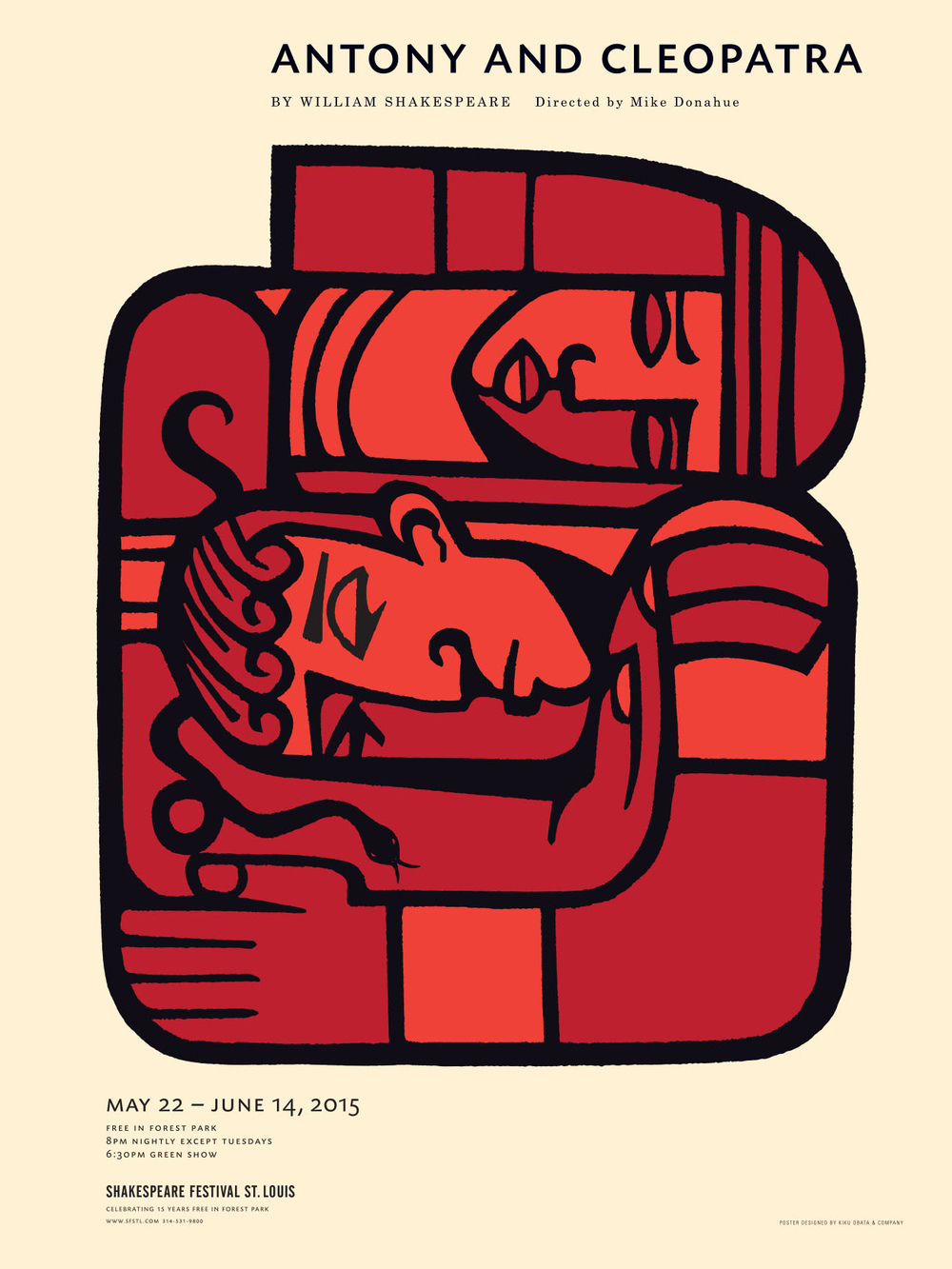
Is there a particular goal or mission driving your creative journey?
As trite as it might sound it’s simply this: always be improving and avoid repeating myself. In this business we are often faced with similar or the same creative problems. In those cases I always ask myself, “what am I going to do this time that will be better and different than what I did before?”.
For me it’s about continual growth and evolution. Never stagnating or falling back on old tricks. It’s been 40 years and I still want to feel like my best work is still ahead of me. That requires continuous engagement and a degree of restlessness. I remember watching the documentary on Jiro Ono, the legendary sushi chef in Japan. This man has devoted his entire life to perfecting his craft and feels that he still hasn’t achieved it. That inspires me. It takes humility and discipline to see things that way. I’m no Jiro Ono but I try to apply that principle to myself as a creative person. I am proud of my body of work but I always want to be anticipating what comes next.
Contact Info:
- Website: https://herzogschindler.com
- Linkedin: inkedin.com/in/richard-nelson-b21630112
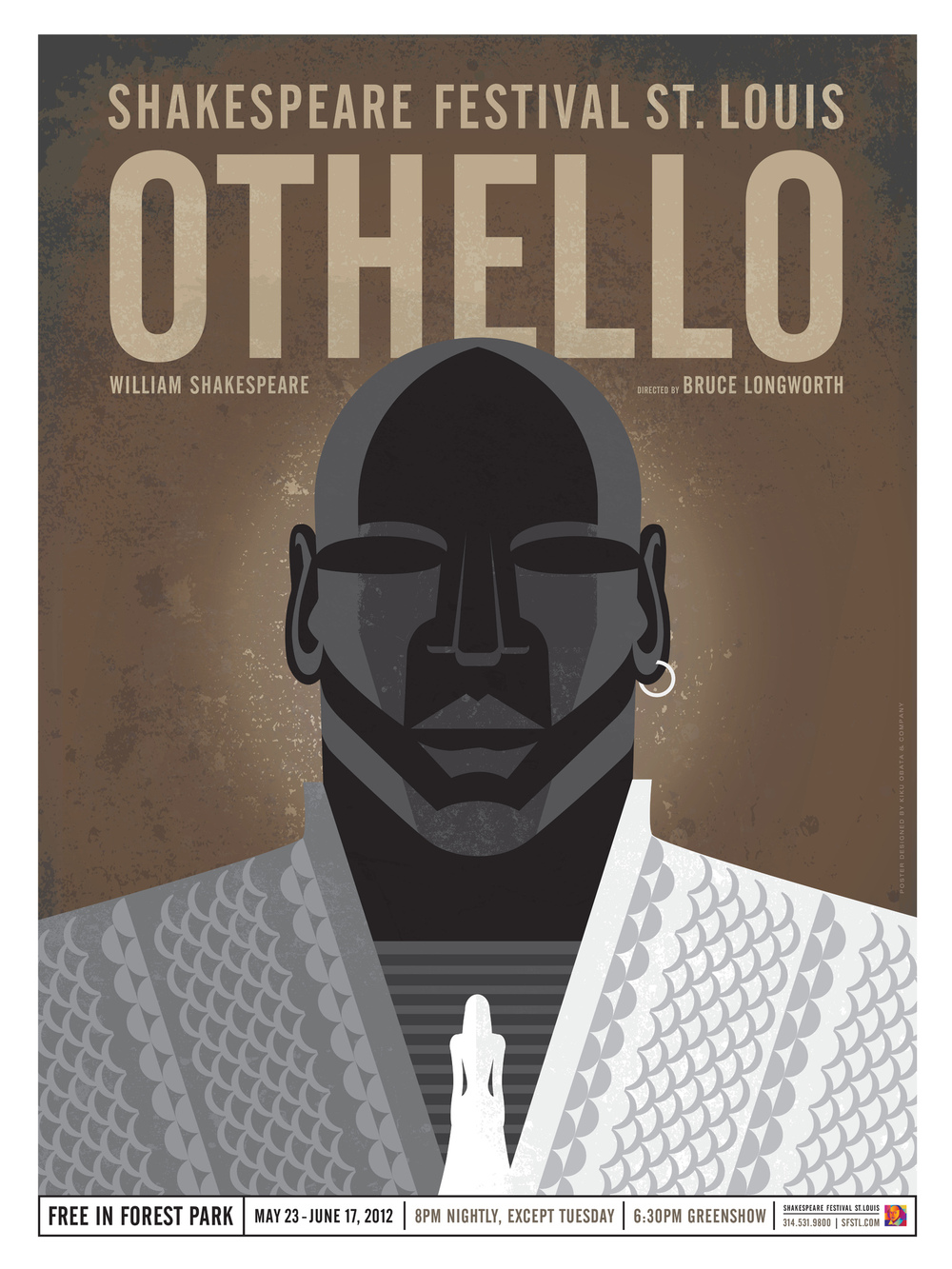
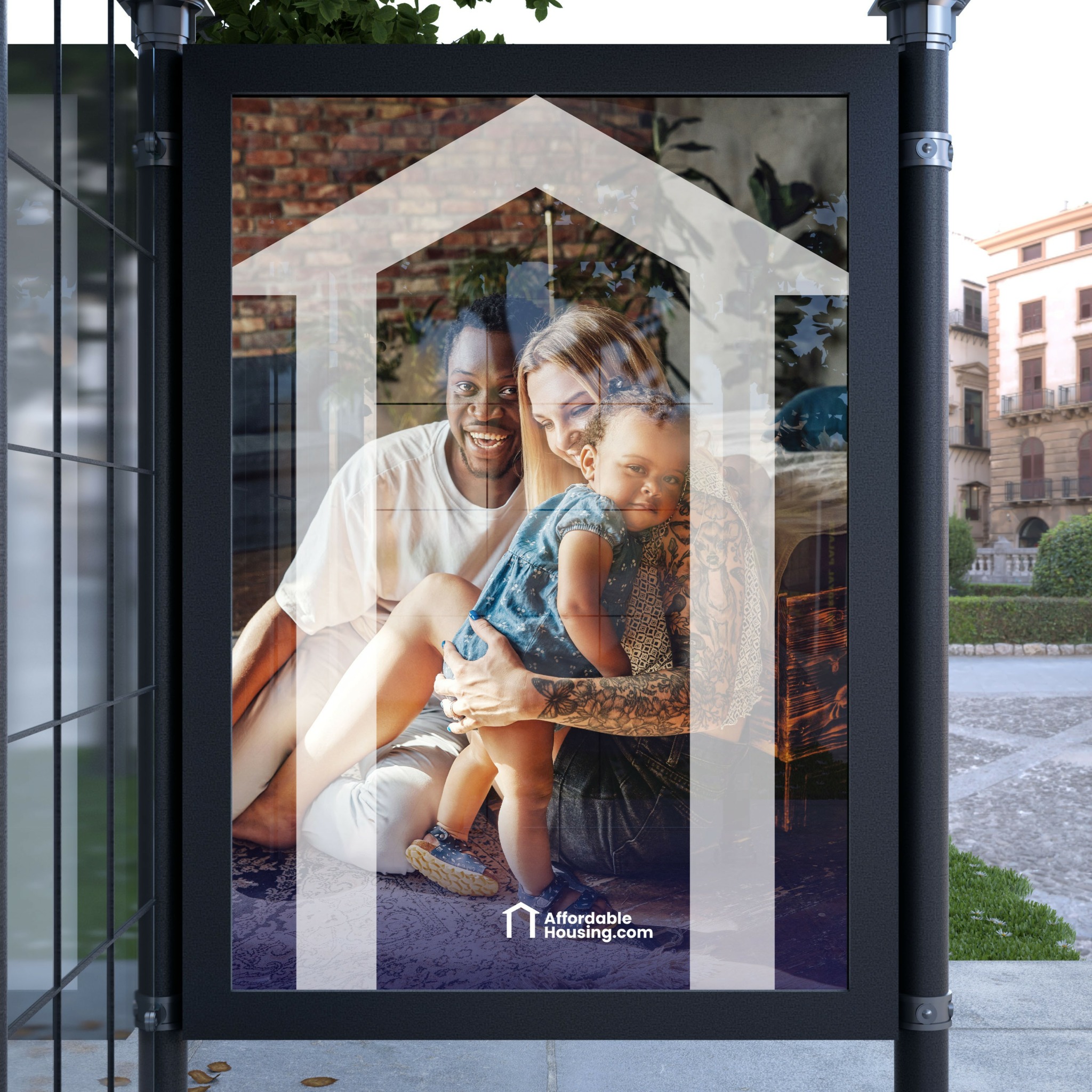


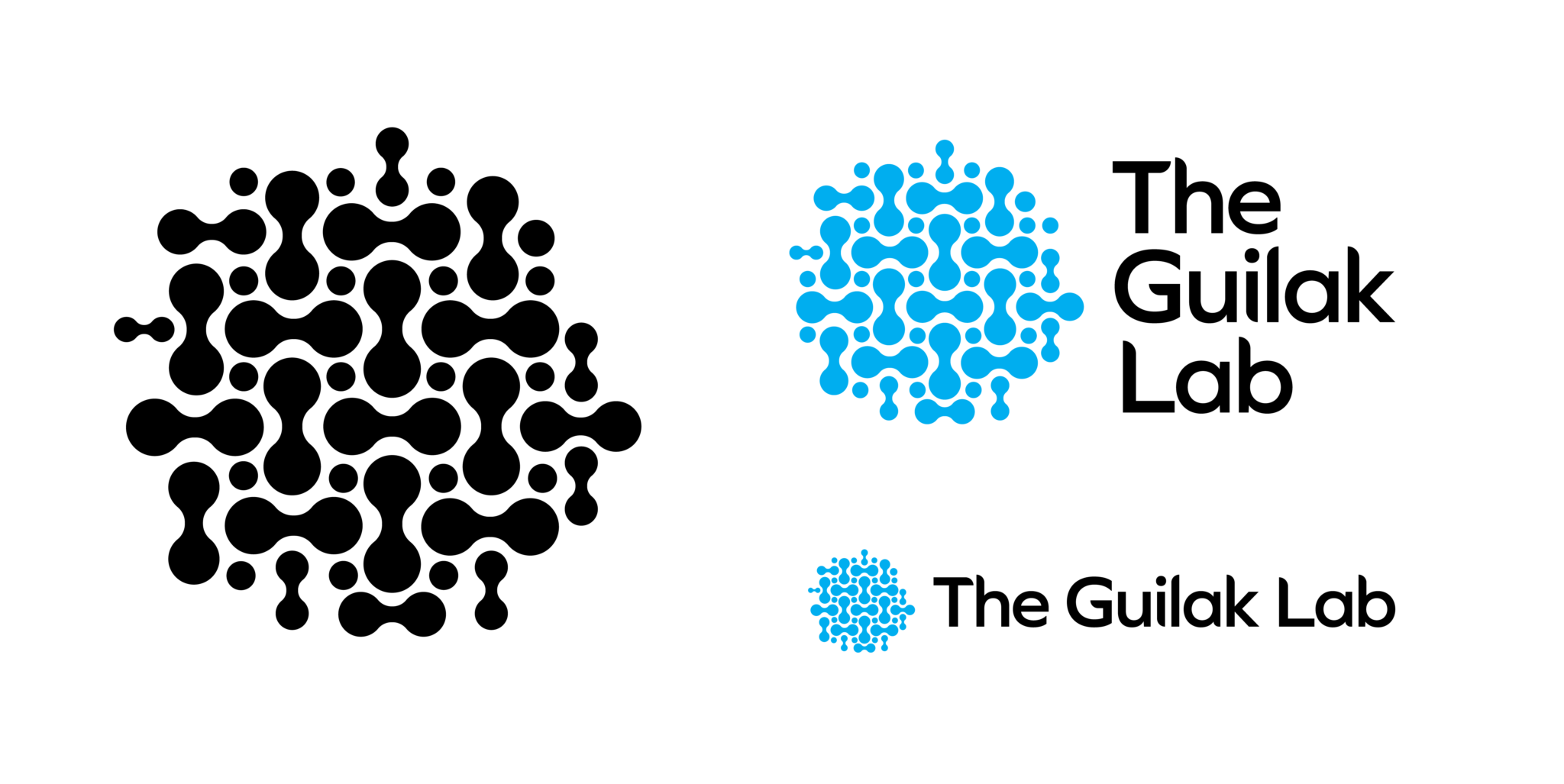
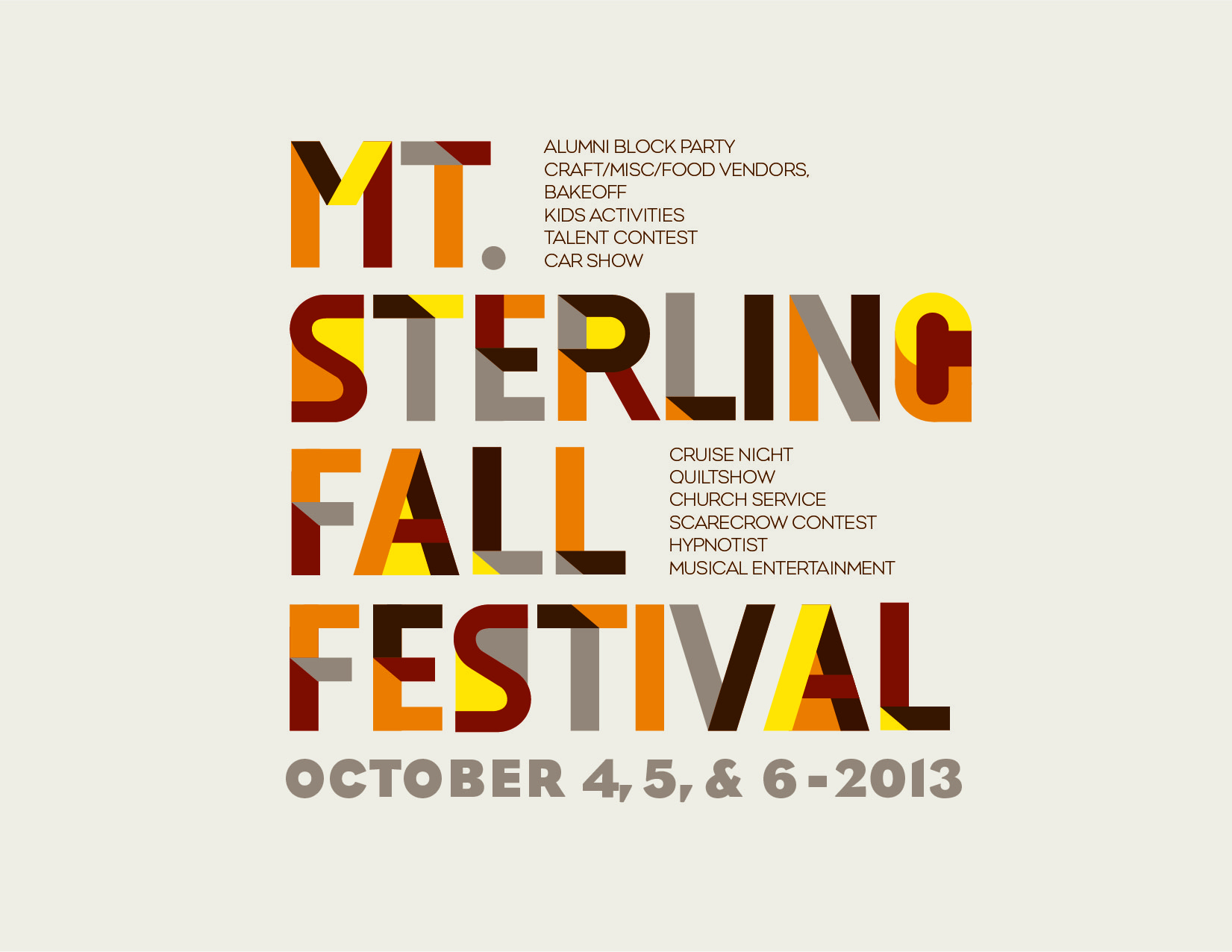
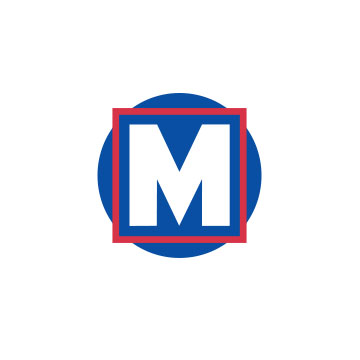
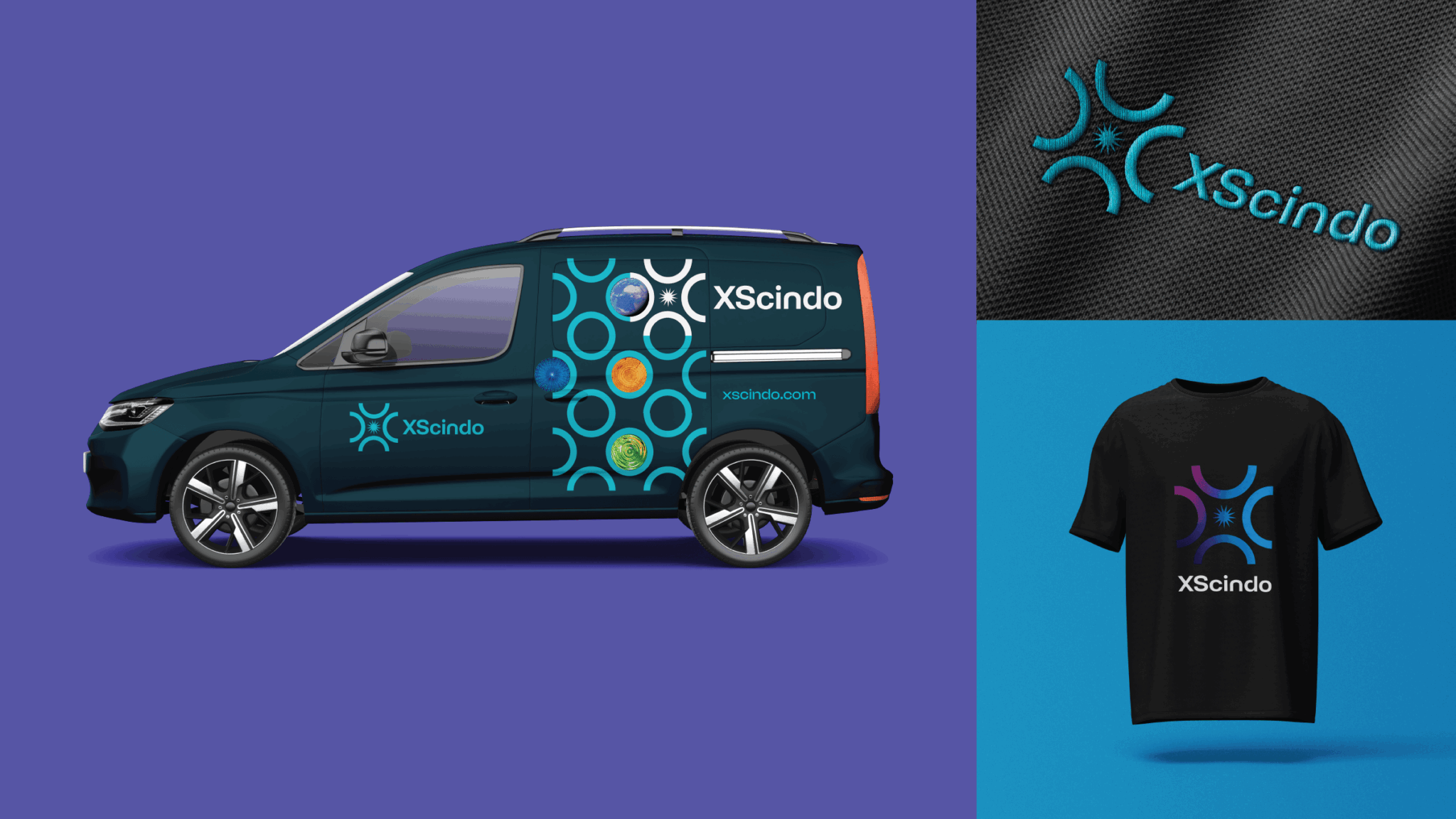
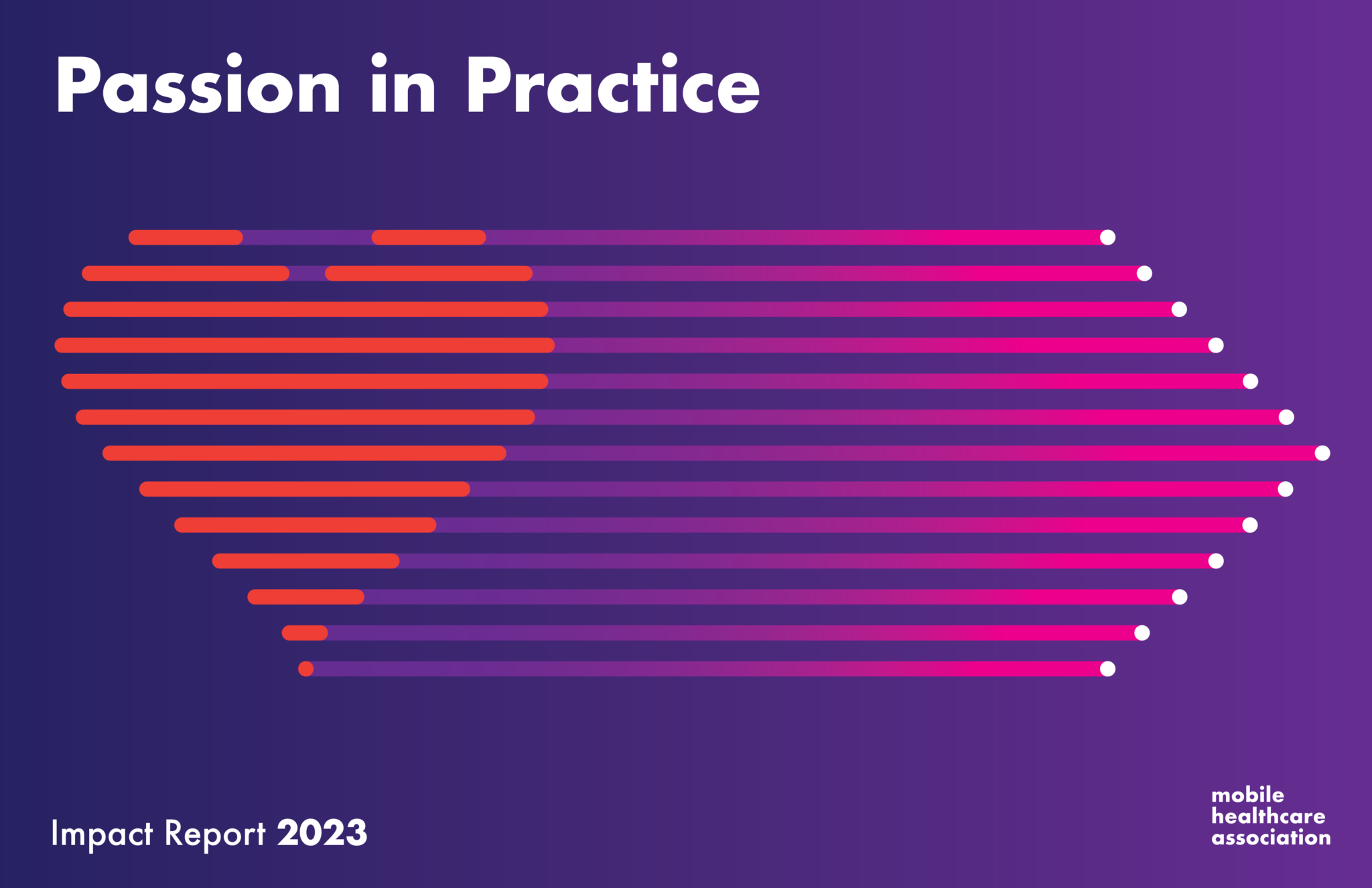
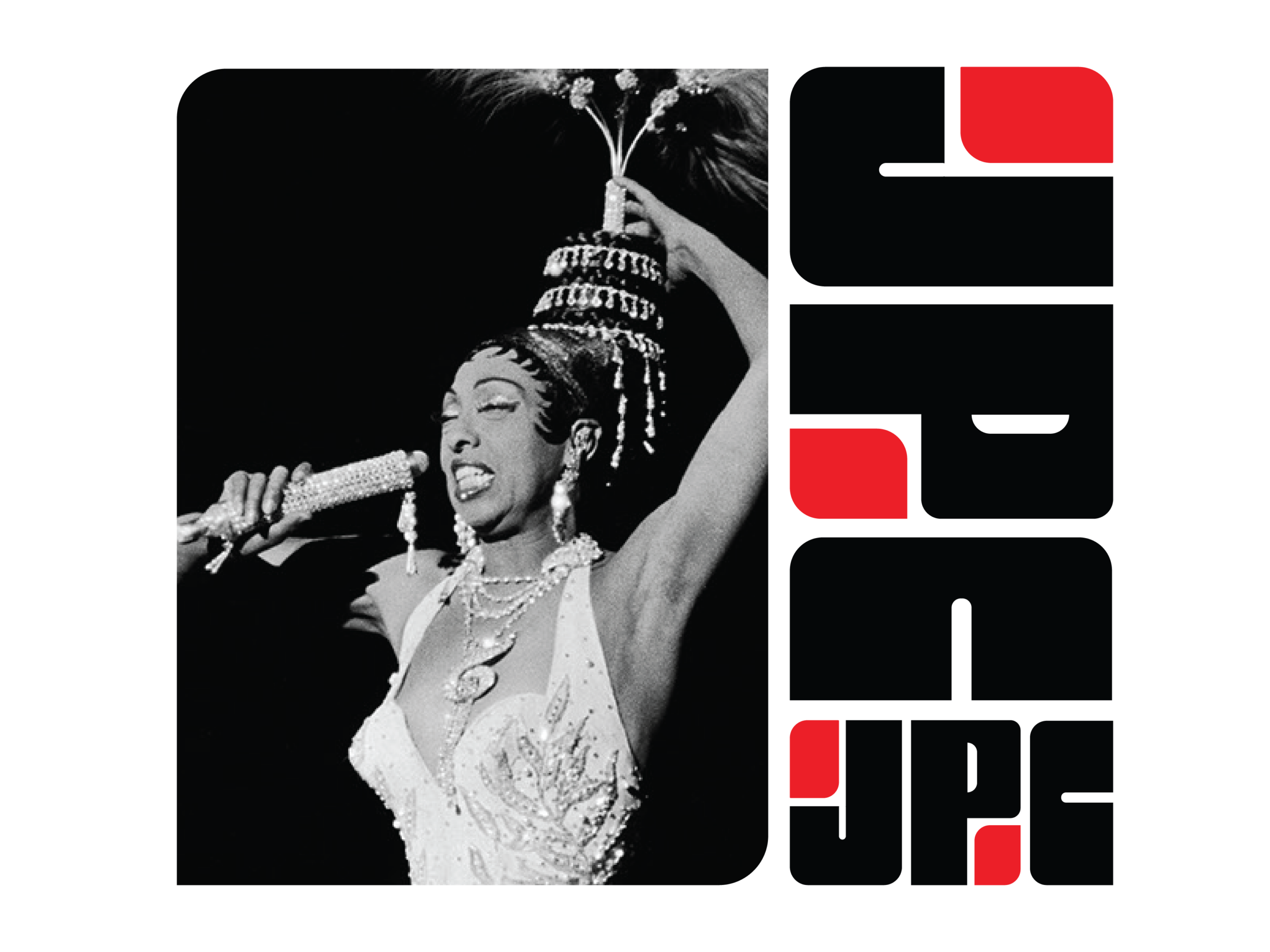
Image Credits
All work by Richard Nelson


